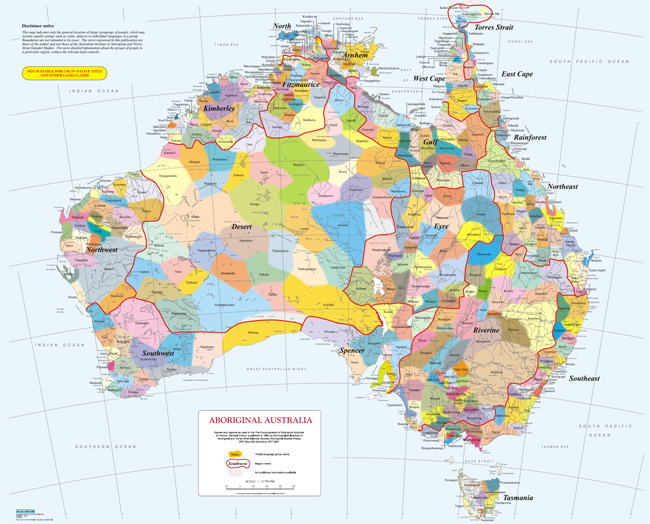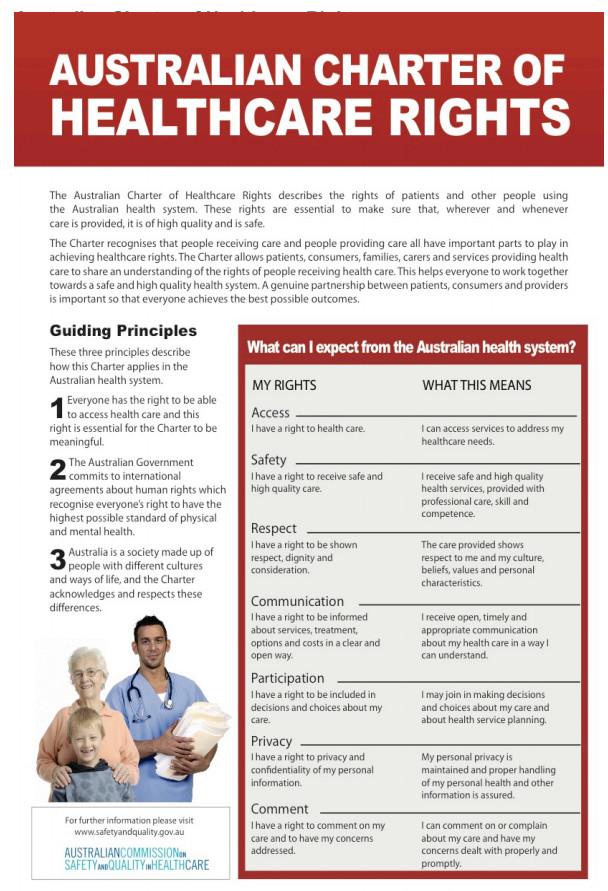Teaching
This site provides the resources for teachers to create different playlists of stories and scenarios they chose for their students. The playlists can include questions on each video, comments from other students and extra resources (such has the text-formatted stories), which you as teacher select as appropriate.
The following steps are advised for using the site:
1. Planning and Preparation
- Goal setting - Consider the professional areas in which students will engage with Aboriginal people or as an Aboriginal professional, and how this engagement may be effected by each person’s experience. Find stories that will show students how Aboriginal people will think differently toward them, and so help students understand others when they behave in a way the students would not expect.
- Reflective aims - Consider which areas you want to reflect on, you can use the questions from the Reference Group for this. You can also write your own to add to these.
- The Learning Environment - At present the learning environment is set up with the playlist to run through the videos then the student can see the separate stories one by one and review the questions and comments on these. We request that you consider cultural security in your classroom when you prepare your lesson.
- Professional practice - You can add short text at the top of each page to consider the application to their professional work. It is possible to author scenarios that relate more to the student's experience within their profession, such as the feeling of alienation experienced in hospitals, or the difficulty for Aboriginal people to question a medical expert. These short descriptions are stored specific to your course.
- Learning - You can write an introduction page that explains what you want the student to learn from the stories and scenarios. Use create page on the left hand menu and then create a title for your new page. Provide students with a link to the page you have created. You can also provide other links in that page
2. Instruction
- Learning - Students should go through the playlist, then the individual modules with questions. You can then direct them to further resources such as other stories.
- Feedback - Students should provide their own comments using the form on the right hand column beside the video. The can specify if the comments is for public or private viewing, ie whether it can be shown in future courses or just for the instructor. This be emailed to you as the instructor and will form the basis of their reflective essay.
- Review - You will find that students pick up certain ideas better than others. Consider adding other stories to the playlist, and re-ordering stories can help too.
- Professional Responsibilities - Provide some resources that students can take away, such as the statements on to Duty of Care and Patient’s rights’ that the students can take and keep
- Reflection - It may be useful for students to develop a plan or process steps for dealing with cross-cultural issues as they arise in their future work, relating to:
- How could you better explain health issues to patients, such as visually?
- In a busy hospital or health service, is there anyone else you could spend time with an Indigenous patient?
- In an ideal situation how should the health care team have dealt with the situation described in this narrative?
- What changes could be made in a health service to better accommodate Indigenous people?




 With the exception of the Commonwealth Coat of Arms, and where otherwise noted, all material presented in this document is provided under a
With the exception of the Commonwealth Coat of Arms, and where otherwise noted, all material presented in this document is provided under a